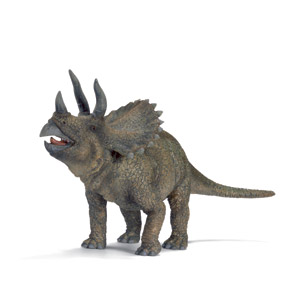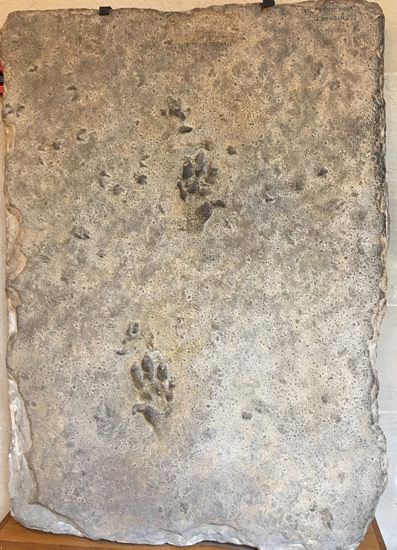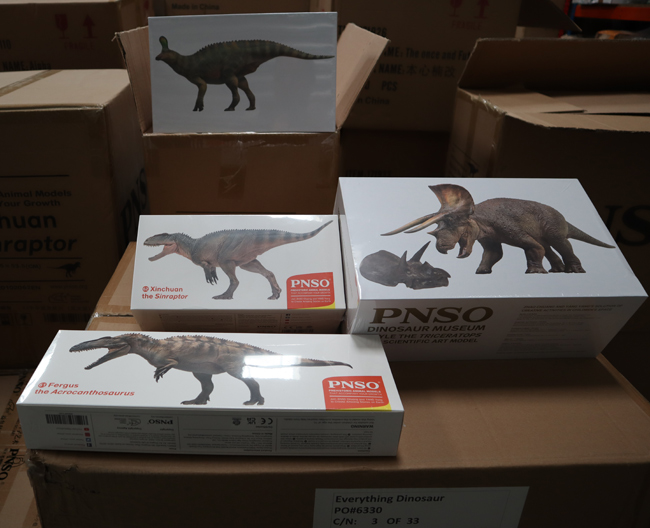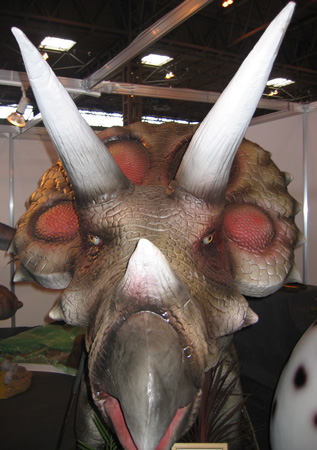Dinosaur Model Series – The Dinosaur Collection
As Everything Dinosaur team members are often asked about prehistoric animal models by parents and teachers seeking to purchase some items for their children or school, we thought it best if we made a quick comment about a particular model series.
There are certainly a lot of prehistoric models available and more in the pipeline, especially with the impact of film and TV merchandise. The current dinosaur stage show and tour using huge animatronic models will also fuel interest in these amazing prehistoric animals. Much has already been written on the models created by Schleich and Bullyland of Germany. These are highly detailed, beautifully made and hand-painted models for the real enthusiasts. We know about a number of new introductions that are due this year and we will no doubt get around to writing about them in the near future.
A Selection of Prehistoric Animal Models

A set of ten beautiful prehistoric animal models.
Picture credit: Everything Dinosaur
In addition, there are changes to the Natural History museum collection of models. This range of 1:40 scale models is going through a bit of a transition at the moment, switching back and forth between having models available on a plinth or as frees standing items. There is also a range of larger prehistoric animal models going to be available, but delays in production and with the design process have made a 2008 launch unlikely.
With so many changes it can be difficult to pick your way through the model minefield. Everything Dinosaur are always able to help fans trace a particular model or animal. We advise people from all over the world about new introductions, which models are being retired and such like.
You can try us by simply logging onto our website, dropping an e-mail to us (address found on contact page of website), or indeed you and call upon the assistance of our “Dino Hunt” Service.
Everything Dinosaur web: Everything Dinosaur.
If you cannot find the particular item or named prehistoric animal by using our search facility (Dino-Search can be found on the top left side of our home page), you can follow the links to our contact us page and send us a request for assistance and our team will do their best to help you.
To read more about our Dino-Hunt service: Launch of the Everything Dinosaur – Dinosaur Hunt Service.
When it comes to recommending a prehistoric animal set or range, there are certainly a great deal to choose from, but one set that is well worth considering is the Dinosaur Collection series manufactured by Procon. This set of six prehistoric animals (Triceratops, Velociraptor, Brachiosaurus, Stegosaurus, Pteranodon and of course T. rex), is made in solid plastic, is robust and although not to scale the models show plenty of detail. They have been specially designed to fit in the palm of a child’s hand so as to encourage active play. The models are surprisingly large, the Tyrannosaurus rex is 19 cm long and the Pteranodon has a wingspan of over 16 cm.
The Dinosaur Collection Set from Everything Dinosaur

Picture Credit: Everything Dinosaur
The models in this series are accurate and detailed enough to satisfy the serious collector and also appealing to children. They are available as individual models from Everything Dinosaur, but can also be purchased as a set of six models. Naturally, every named model supplied by Everything Dinosaur comes with its own detailed fact sheet on the animal, providing information and insight into these amazing animals.
To view Dinosaur Collection Set (six models) and other replicas: Dinosaur and Prehistoric Animal Models.









